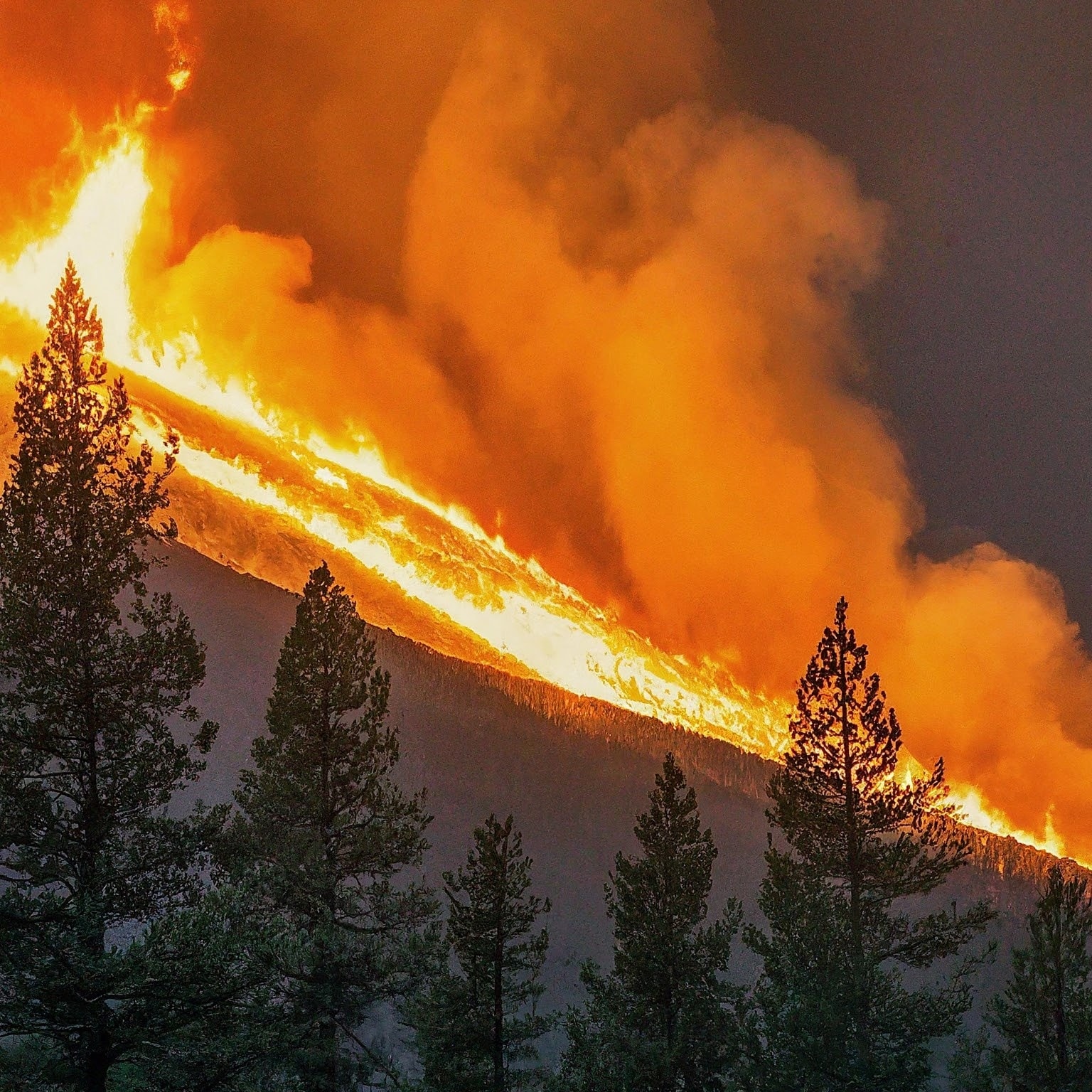The H5N1 virus has been devastating bird populations, and is now infecting mammals too. Is human-to-human transmission next? And are we ready for another pandemic?
Over the past four years, a silent pandemic has been raging. One in which the death toll is believed to number in the hundreds of millions, but which has received remarkably little attention until now.
The pandemic in question is bird flu, the H5N1 strain of influenza, which since 2020 has moved far beyond the avian world and into mammals ranging from dairy cattle to domestic pets, and species that live on our doorsteps, such as foxes.
The virus’s presence has been detected on every continent, even Antarctica. While the capability of spreading between humans has yet to evolve, alarm bells were raised last month after a dairy farm worker in Texas contracted H5N1, seemingly from cattle.
It would appear to be the first known case of bird flu jumping to humans from another mammal. “There is increasing concern at the scientific and public health levels,” says Dr Gregory Poland, director of the Mayo Clinic’s vaccine research group, who has previously compared the rising infection rates among animals to “the rumbles prior to an earthquake”.
While H5N1 is well known for its devastating impact on wild bird populations and poultry farms in the US – as of 5 May, 91m farmed birds have been infected in the US across 48 states – Poland has been particularly alarmed by reports of pet cats contracting the virus from cattle and becoming seriously ill or dying. “We have very little research to tell us how this is all occurring in cattle, and how it is being spread,” he says.
In the UK, the virologist Prof Paul Digard and his team at the Roslin Institute in Edinburgh were awarded an additional £3.3m grant last year to ramp up their research into bird flu, and assess the risk the current strain of H5N1 might pose to humans.
“Flu is constantly evolving, and it is clear that a couple of years ago, the current strain of bird flu changed to become supercharged,” says Digard.
“Now that it seems fairly widespread in the cow population in the US, that’s a much more direct route where it could transmit to people and gain the adaptations it needs to go pandemic.”
The Roslin team’s task is to determine the precise changes in the viral sequence that seem to be allowing it to infect cows and then test the strain on human cells and mini-organs in the lab.
The ultimate goal will be to predict whether it is starting to become more dangerous to humans and animals that live in close proximity to us and to feed that information back to the relevant public health authorities.

















